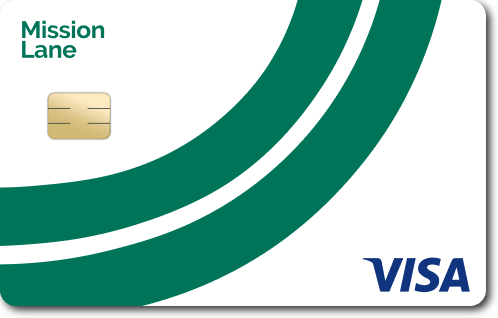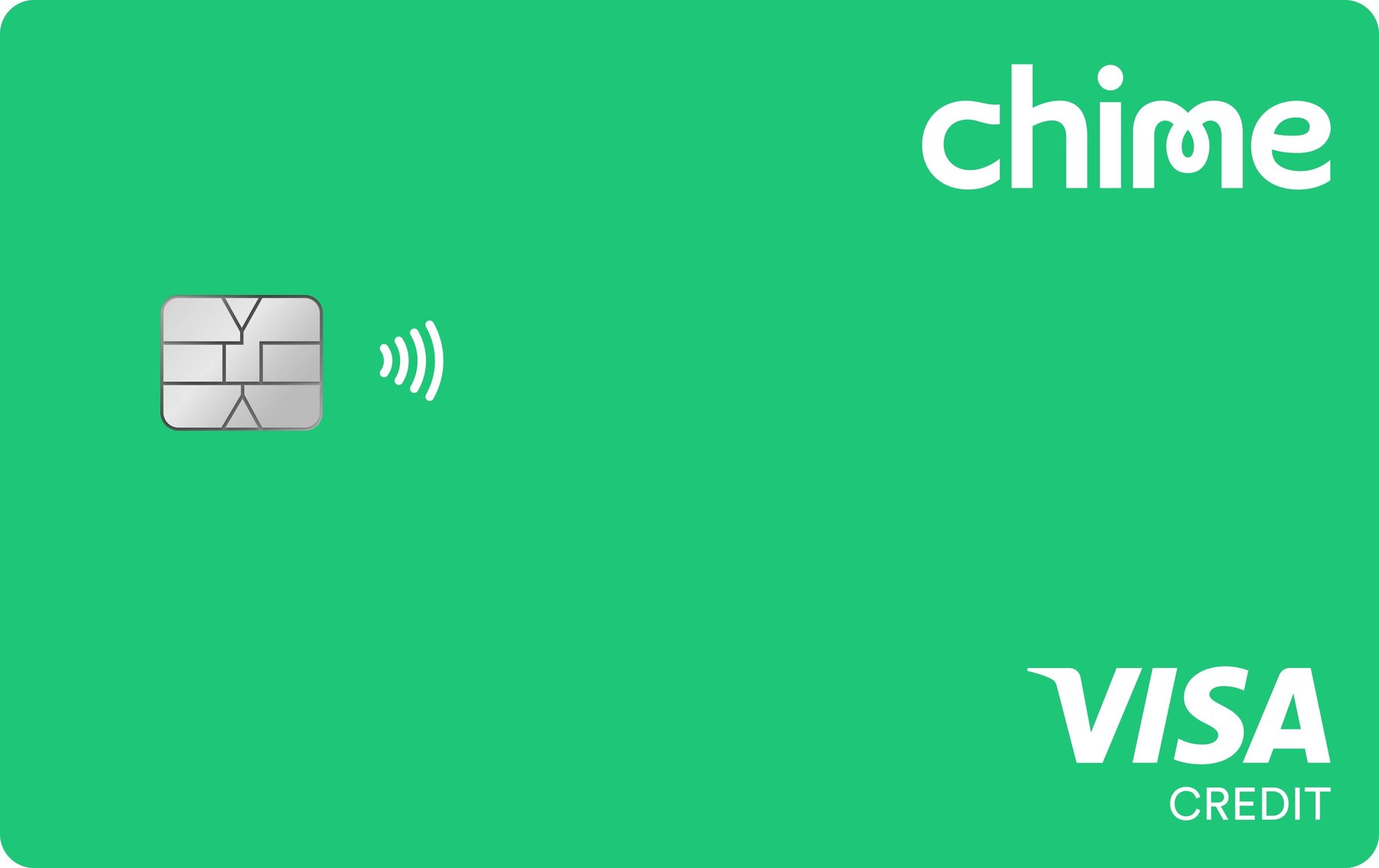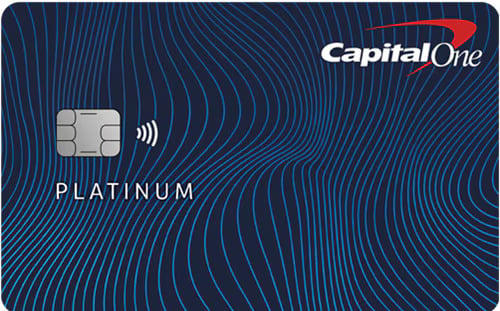5 Things to Know About the Fortiva Credit Card
The card’s fees and interest rates combined make it a poor long-term option for building credit.

Many or all of the products on this page are from partners who compensate us when you click to or take an action on their website, but this does not influence our evaluations or ratings. Our opinions are our own.
The Fortiva Credit Card, issued by The Bank of Missouri and serviced by the fintech company Atlanticus, is an unsecured option for those with less-than-ideal credit.
Without a security deposit requirement, this card can be alluring, but its fees and rates make it costly to hold. Depending on your creditworthiness, the fees on this credit card may come close to adding up to a typical deposit requirement except that you'll never get that money back. The price of this card makes it a poor long-term option for building credit.
Here’s what you need to know about the Fortiva Credit Card.
1. You are preapproved with a mail offer
You can use the acceptance code from a mailed offer to explore the terms on the card’s website. One benefit of this card is that you’ll get to see the odds of approval without any impact to your credit scores, but other credit cards can also offer that option in addition to lower costs. Preapproval does not guarantee that you'll get the card; it's more of a soft "yes" based on the information in your credit report.
If you make it beyond that step and officially apply, you'll then get a firm approval or rejection based on eligibility. At this point in the process, there is a hard inquiry that can temporarily affect credit scores, but that’s typical with most credit card issuers.
Depending on eligibility, you might qualify for the Fortiva Credit Card or the Fortiva Cash Back Rewards Card. With the cash-back option, you can earn up to 3% cash back in qualifying categories and 1% on everything else. The Fortiva Cash Back Rewards Card is also heavy on fees and has a high annual percentage rate, or APR, to consider, so it's critical to not give much weight to incentives. The ongoing costs will easily eclipse the value of rewards.
2. Weighty fees can dip into your budget
Depending on your terms, the Fortiva Credit Card can pile on the fees. Whether you’re on the low end or the high end of the fee spectrum, the price isn’t sustainable or ideal over a long term.
The card’s fees include:
An annual fee: From $49 to $175 the first year, and after that it’s $0 to $49 annually.
An account maintenance fee: From $60 to $180 annually (billed monthly).
A late payment fee: Up to $41.
Authorized user: $19 to add another user to your account.
If you can afford to pay the fees on this card, you’re better off opting for a secured credit card with a deposit. If you have a good payment history, the money is returned when you close the card or the issuer allows you to upgrade to a better option.
One ideal quality of a credit-builder card is that it's easy to keep open over a long period of time. The length of your credit history factors into credit scores, so closing a credit card can negatively affect them. A secured credit card is an exception because closing the card oftentimes is essential to getting the deposit back.
For potentially lower fees, consider: The Mission Lane Visa® Credit Card doesn’t require a security deposit, and it has an annual fee of $0. It also offers a pre-qualification process, and there’s the potential to get a credit limit increase at least once within the first year of opening the account, if you’re eligible.
3. The APR for transactions could be a debt magnet
It’s critical to your financial health to avoid carrying a balance on the Fortiva Credit Card. The APR for purchases ranges from 22.74% to 36%, based on creditworthiness (rate accurate as of March 2023). If you’re paying annual fees, monthly maintenance fees and an exorbitant APR, that’s a toxic combination that can lead to debt.
For this same reason, you want to avoid cash advances whenever possible. They charge the same interest rate, and there’s a fee of $5 or 5%, whichever is greater, of the amount of every transaction.
To avoid interest charges, consider: The Chime Secured Credit Builder Visa® Credit Card can help you avoid fees and interest because it doesn’t allow carrying a balance from one month to the next. It doesn’t require an upfront security deposit or a credit check. Instead, it requires a Chime® checking account to fund the ongoing security deposit in the amount of your choice. You can spend only as much money as is set aside for the Chime Credit Builder. And if you need cash, the Chime checking account has a program that may allow overdrafts of up to $200 with no fees, if you can qualify. Terms apply.
4. It packs credit-building features
The Fortiva Credit Card has some ideal credit-building features, but the costs of the card cancel them out. It reports payments to all three major credit bureaus, a key step in building credit.
As a cardholder, you’ll also get periodic reviews for credit limit increases. A credit limit bump can help credit scores along because it can lower your credit utilization ratio, the amount of available credit used compared with the card's credit limit. It’s a key factor that affects credit scores. The Fortiva Credit Card's credit limit can go as high as $2,000, depending on eligibility and the invitation channel.
Periodic reviews may also allow you to graduate to different products or get fee reductions, according to Fortiva.
For credit limit increases and lower costs, consider: The $0-annual-fee Capital One Platinum Secured Credit Card reports to all three major credit bureaus, and it can offer the chance to qualify with a security deposit of $49, $99 or $200, depending on eligibility. In as little as six months, you’re also automatically considered for a credit limit increase. As long as you maintain a good payment history, the deposit is returned and you might be able to upgrade to the unsecured Capital One Platinum Credit Card.
5. The credit protection program is optional
The Fortiva Credit Card offers an optional credit protection program that covers the minimum payment owed, up to six months, if you become unemployed, disabled or hospitalized. In the event of loss of life, the program cancels all or a portion of your outstanding debt, up to a certain amount. Terms apply. To exercise the benefit, you’ll have to file a claim by phone or mail.
To qualify for coverage, you’ll have to pay 89 cents for every $100 of the outstanding balance. If you have a balance of $500, that’s a monthly cost of around $5 until the balance decreases.
This option likely isn’t worth the cost. It’s another fee that can add to the costs of owning this card. Generally, after loss of life, your estate is responsible for any unpaid debts. If there is no money or property left to cover those balances, the debt is typically left unpaid. In the event of hospitalization, the program can cover the minimum payment for six months, but interest still accrues, and any annual fee is deferred until the benefit period ends. And if you can qualify for unemployment or disability insurance, coverage may not be needed for those situations.
Find the right credit card for you.
Whether you want to pay less interest or earn more rewards, the right card's out there. Just answer a few questions and we'll narrow the search for you.




